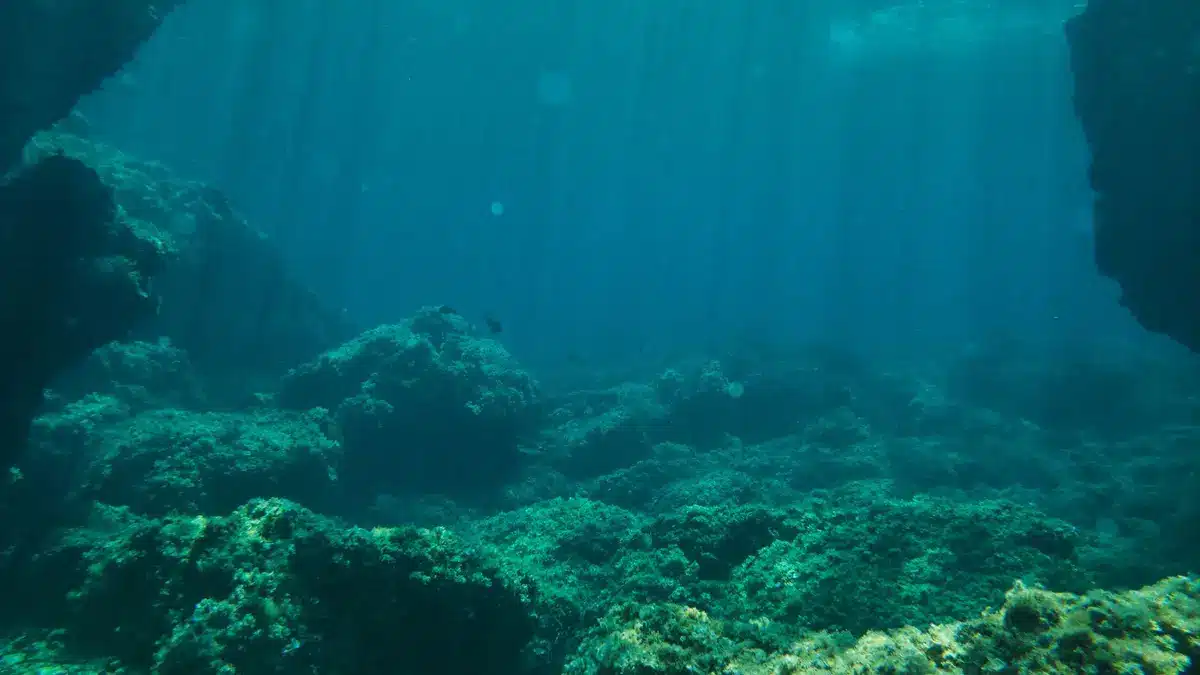Rare Radioactive Element Found in Ocean Sediments

Researchers have made a groundbreaking discovery of a rare radioactive isotope in oceanic deposits, believed to be remnants of a kilonova—a cataclysmic event resulting from neutron star collisions. This finding, presented at the 2025 American Physical Society Global Physics Summit, suggests that traces of this cosmic explosion may have reached Earth around 10 million years ago. Scientists are now focusing on lunar samples, hoping to find further evidence of this extraordinary phenomenon.
Deep-Sea Samples Reveal Clues of a Kilonova
Recent studies have unveiled significant evidence of past supernova events through the detection of radioactive isotopes in the ocean floor. Brian Fields, an astronomer from the University of Illinois Urbana-Champaign, shared insights with Live Science, indicating that the accumulation of cosmic debris in Earth’s depths positions the planet within a “supernova graveyard.” This discovery aligns with earlier research that identified isotopic signatures linked to supernovae, shedding light on the role these stellar explosions play in generating radioactive elements. The findings underscore the importance of deep-sea sediment analysis in understanding the history of cosmic events and their impact on Earth.
Rare Plutonium Isotope Suggests a Different Origin
In a pivotal 2021 analysis, scientists identified a unique plutonium isotope alongside previously detected radioactive iron. This discovery pointed to a more intricate origin story, leading researchers to consider a kilonova event as the source rather than solely supernovae. Fields elaborated to Live Science that such neutron star collisions are responsible for producing heavy elements like gold and platinum. He proposed that the interaction between supernova and kilonova remnants resulted in a “radioactive cocktail” that eventually settled on Earth, highlighting the complex processes involved in the formation of these elements.
Lunar Samples May Provide Definitive Proof
Unlike Earth, where geological activity can obscure cosmic deposits over time, lunar soil remains largely untouched and preserved. Fields emphasized the significance of the moon as an ideal site for further research, as material deposited there retains its original state. Ongoing space missions, particularly NASA’s Artemis program, are set to return new lunar samples, which scientists are eager to analyze for additional evidence of past kilonova activity. There is a growing push to include these investigations in future lunar research initiatives, as they could provide crucial insights into the origins of radioactive elements found on Earth.
Observer Voice is the one stop site for National, International news, Sports, Editor’s Choice, Art/culture contents, Quotes and much more. We also cover historical contents. Historical contents includes World History, Indian History, and what happened today. The website also covers Entertainment across the India and World.
Follow Us on Twitter, Instagram, Facebook, & LinkedIn

